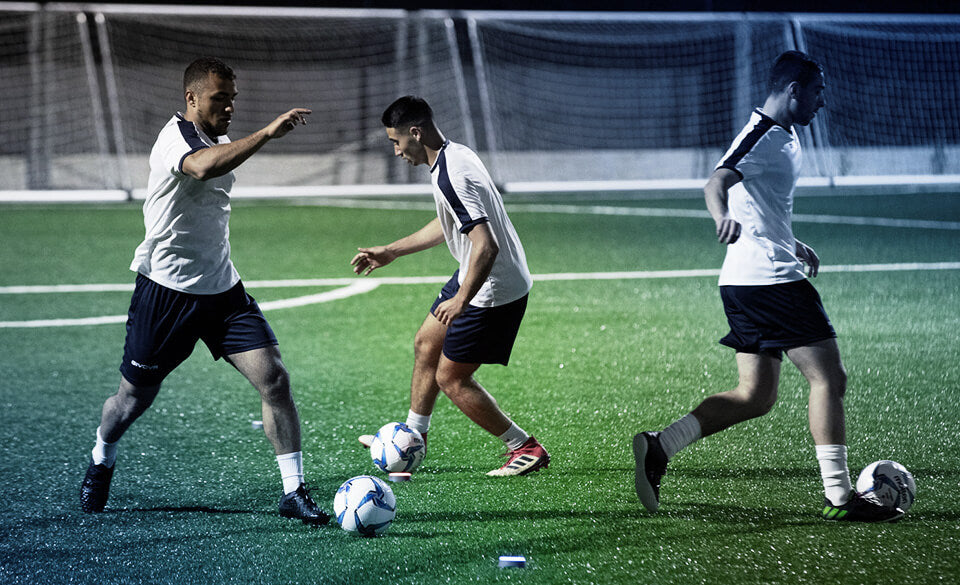Learning to Skydive – The Basics Explained
If skydiving is of interest to you, but you are looking to find out a bit more about it before signing up, then read on…
When you first exit the plane whilst skydiving, the resistance of the air is far outweighed by the force of gravity, and this causes you to rapidly accelerate downwards. After you pull on your parachute cord, you will then begin decelerating due to the sharp increase in air resistance, and you will float down at about 10 mph, which is a perfectly safe speed to land at.
The dangers of skydiving are relatively low, with only about 1 jump in every 100,000 leading to a fatality, but it is important to be alert and safety conscious at all times. The weather is something to be particularly aware of though, and any reputable skydiving school should not allow you to jump in windy or potentially stormy conditions.
The most important thing to do is to be aware at all times. If you are constantly aware as to what is going on, then you are in a position to prevent any minor issue becoming serious. Never switch off mentally until you have two feet safely on the ground – only then are you 100% safe.
Depending on which type of skydiving interests you – Tandem, Static Line, AFF (accelerated free fall) – you will spend anywhere from an hour to eight hours training, which will cover: some basic physics about how the body and parachute work together; how to use the various pieces of skydiving equipment; how to jump from the plane; the different falling / flying techniques; how to land safely.
Skydiving can be quite expensive, depending on the type of skydiving that you opt for and the location and reputation of the skydiving school. Even with a relatively high price tag it is still great value though, as it is something that you will fondly remember for a lifetime.



